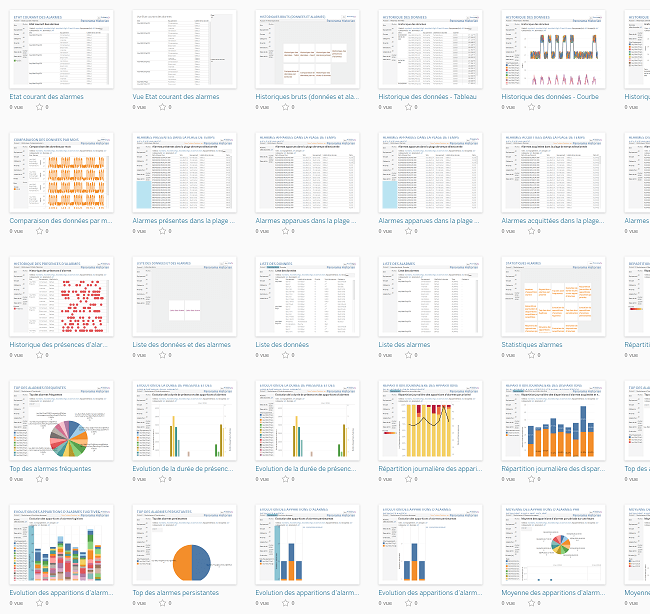Whether for data mining, reporting or dashboarding, analytics are most often used collaboratively and may involve several people or departments. For this reason, they are implemented in a “client-server” architecture and generally designed for ease of use. The server component integrates connectivity, access management, user rights and profiles, while the client offers ergonomic interfaces for graphic and intelligible representation of data.

A flexible and accessible solution
Data analysis is not necessarily the sole preserve of data scientists. Within their own scopes and roles, team managers, quality experts, production managers, process engineers, as well as finance and sales people all need information to successfully fulfil their missions. However, they do not all have the same relationship to data or the same level of IT expertise. A simple, powerful tool able to handle this diversity of skill sets is therefore essential.
By providing teams with pre-existing reports based on their profiles, they can quickly get to grips with the tool and the data it contains. More experienced users may be able to modify reports. The filters used will be more precise, the analysis finer and the depiction more explicit without having to go through IT teams. If these users wish, they can even start from a blank canvas and build “drag & drop” tailor-made reports.
After-the-event analysis
In supervisory applications, analytics, reporting and dashboard tools can be used to process so-called “cold” data. This is known as non real-time supervision. It is usually carried out on a large scale and phenomena may be observed over timeframes of weeks, months or even years. Reports of this type will be of interest to maintenance functions, for instance, who need to analyze patterns of wearing of materials or equipment breakdown rates. In the field of energy performance, reports are also used to correlate heating, ventilation and air conditioning (HVAC) data with environmental information. Performance improvement is another scenario that can analyzed from a number of angles such as productivity (establishing an OEE), energy consumption (monitoring indicators in UDD), and managerial or financial data (all types of KPI). Optimization is no longer simply one competitiveness factor among many. For business today, it is an essential driver of growth and sustainability.







